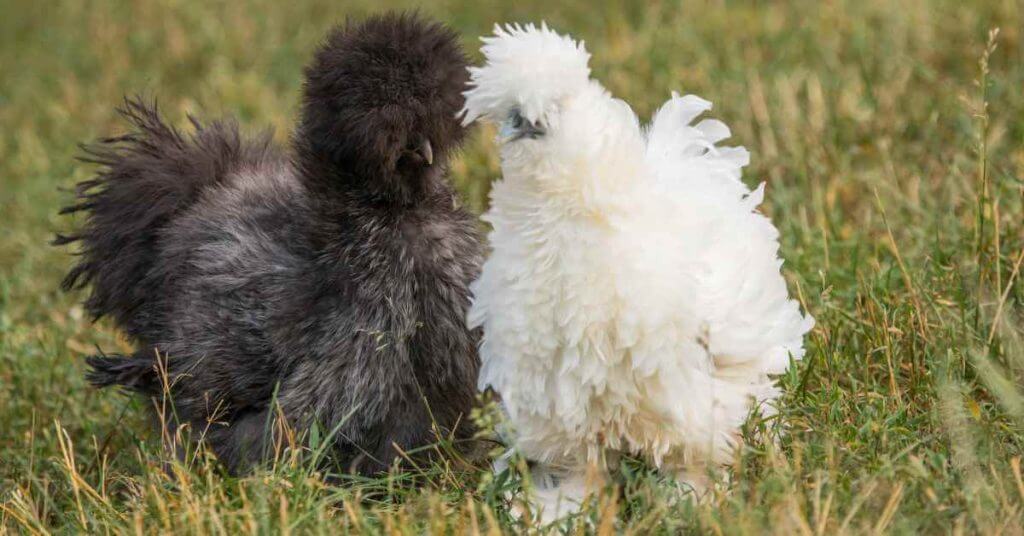
A Guide To Silkie Chickens (Having Learned The Hard Way)
A guide to Silkie chickens and everything you need to know about the breed before you buy.
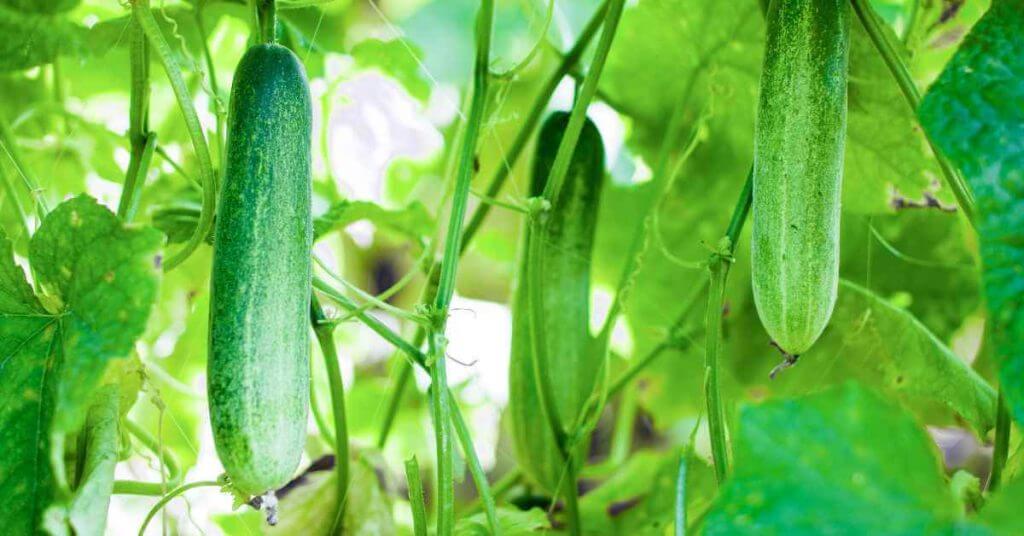
Tasty and easy to grow, cucumbers are among the most popular garden vegetables and an excellent choice for beginners and seasoned vegetable lovers alike. Suiting most climates that are moderately warm (between 60 and 90 degrees Fahrenheit) with rich and well-draining moist soil, cucumbers are among the most flexible of vegetables for most locations.
They are conveniently social plants, with many potential companion planting opportunities that will help your cucumbers with pest control, disease resistance, and soil enrichment.
Cucumbers are also among the least risky to find companions for; apart from deep-rooted plants such as potatoes and some aromatic herbs that can stunt cucumber growth, they work well alongside almost any other plant.
There are some tried and tested favorites, however, that have proven time and again to be excellent companion plants for cucumbers, thanks to their synergistic benefits.
This article will overview the five best companion plants for cucumbers that will not only benefit your cucumbers, but your entire garden as a whole.


Radishes are a personal favorite of mine; as one of the fastest and easiest vegetables to grow, alongside its tastiness in many dishes, it will form the backbone of your vegetable garden for those seeking to maximize their self-sufficiency. Thankfully, radishes and cucumbers make excellent companions.
One of their greatest benefits is their soil-enhancing ability. As radishes grow, their roots break up compacted soil, enhancing both aeration and drainage while creating a more favorable environment for cucumber roots to penetrate deeper and obtain more nutrients.
Another key use for radishes is their ability to deter the notorious cucumber beetle, a common pest that kills many cucumbers. It is thought that the strong scent from radish leaves deters the beetles from landing, acting as a natural form of pest control while reducing the need for chemical pesticides.
Because of their deep roots, cucumbers can be heavy feeders. Radishes therefore make an excellent companion as their smaller size makes them relatively light feeders that don’t compete significantly with the cucumbers for nutrients, provided enough space is left for both (4”-6” separation should be the minimum).
One tip when planting radishes as a companion to cucumbers is to sow the radish seeds around the same time or a bit before your cucumber seeds to ensure that the radishes are actively growing and able to serve their purpose as a pest deterrent and soil aerator by the time the cucumbers are developing.

While it is generally best to avoid planting root crops next to cucumbers, beets have a few unique characteristics that make them surprisingly good companion plants for cucumbers.
Firstly, they are very synergistic. Beets and cucumbers have complementary nutrient needs; beets primarily require phosphorus and potassium, and cucumbers benefit from more nitrogen. This complementary relationship allows both plants to thrive without competing too heavily for the same nutrients
Secondly, unlike beets and other root vegetables, which grow deep into the soil, cucumbers have one long taproot with most of their root system spread shallowly near the soil surface. The cucumber fruits themselves develop above ground. As a result, the nutrient competition at the root level is low, especially in combination with their complementary nutrient needs.
The leaves of the Beetroot plant can grow densely, with their broad leaves covering the soil surface, acting as natural weed suppression and providing a light shade for other plants in the hotter summer months.
To successfully plant beets as companions for cucumbers, keep the spacing to an ideal 6 inches to avoid overcrowding and competition for light and nutrients.

While sunflowers may not seem a likely plant as a companion for cucumbers, their unique properties can reap some excellent rewards.
Their tall and sturdy nature provides an ideal natural trellis for cucumbers to do what they naturally love to do – climb. Allowing cucumbers to grow vertically not only makes harvesting easier while keeping the fruits clean and unblemished, but it also improves air circulation and reduces the risk of soil-borne diseases.
Sunflowers are excellent at attracting pollinators, particularly bees and butterflies, due to their large, raised, vibrant flowers providing a perfect landing pad for pollinators. Without pollination, your cucumbers will flower but never fruit, so the more pollination you can invite, the better the fruit development.
It’s not just the pollinators that love sunflowers – some pests like aphids and leafhoppers are lured by their enticing scent and visual appeal, helping to keep these pesky insects away from your prized cucumbers.
Sunflower’s large leaves and tall heads provide excellent shade coverage during the hottest parts of the day, helping to keep the soil moist.
When sunflowers naturally decompose, they act as a natural compost; the organic matter from their leaves will enrich the soil, enhancing soil fertility and structure for the next season.
For those, like me, who have vegetable-heavy plots, sunflowers can also add a much-needed aesthetic appeal, bringing beauty, color, and height to an otherwise green and ground-level space.
As with most plants, the placement of your sunflowers is key to their success. They should be positioned in a way that their large stalks and leaves do not overly shade the cucumber plants, particularly those that need full sun exposure.
Planting sunflowers on the north side of cucumbers can be a strategic way to provide support and partial shade without compromising their light requirements.
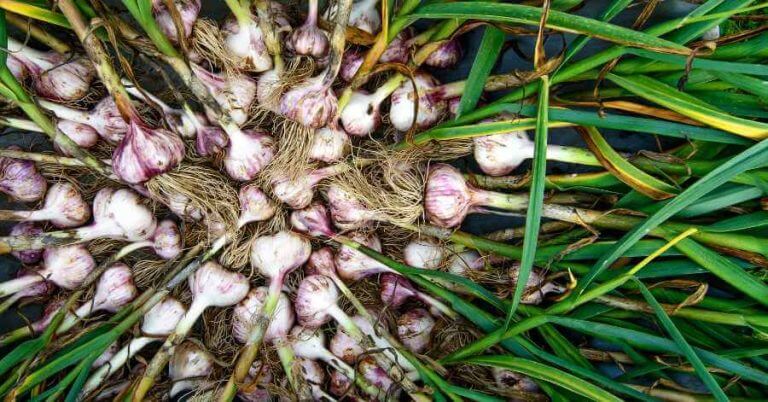
Admittedly, a lot of companion planting wisdom is based on anecdotal experiences, but thankfully, research has found that garlic can promote cucumber growth by improving the soil microbiome structure.
The study found that moving cucumbers to garlic-based soil greatly helped in reducing leaf disease by 35.9% compared to soil that was not enhanced. As a result of this disease reduction, the cucumbers in garlic-based soil produced 20% more fruit compared to those grown in regular soil.
While the mechanism behind this finding was not identified, garlic has long been known for its strong scent and is thought to deter pests like aphids and spider mites. Garlic is often planted around the perimeter of vegetable patches to keep these pests at bay.
Garlic has a long history as a natural anti-fungal; allicin, garlic’s main component, is attributed to most of its biological activities, such as bactericidal, antifungal, and antiviral actions. Allicin has been used as the active ingredient for many medications, including cholesterol, blood pressure, and infection medicine.
These healing properties are as helpful in your vegetable plot, with garlic’s natural antifungal properties reducing the spread of fungal diseases such as powdery mildew that commonly affect cucumber plants.
Garlic also has some soil-enriching properties. While it doesn’t fix nitrogen like other plants, it can help break up compacted soil with its semi-deep roots, improving both the aeration and drainage of the soil where cucumbers thrive.
The space required to grow garlic is small, meaning it can be grown in compact patterns and easily interspersed among cucumber vines.
Garlic planted in the fall typically matures by the middle of the summer so that it can spend part of the growing season alongside spring-planted cucumbers. It can grow quite tall and dense, however, so keep an eye on it when planting young cucumber plants to ensure the garlic does not overshadow them (hence why many plant garlic on the edges of vegetable plots).
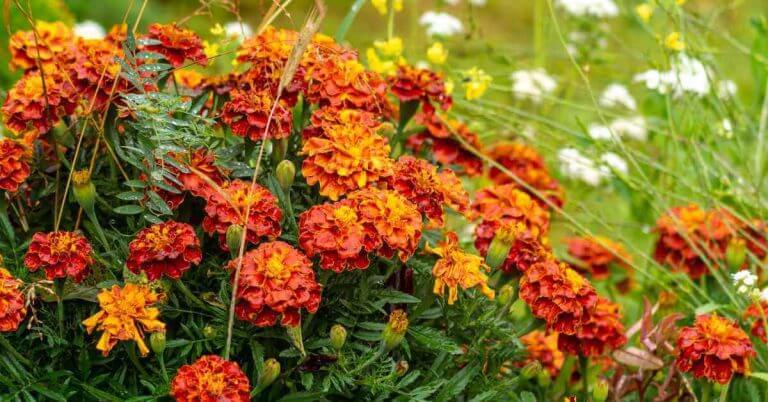
These little vibrant, low-maintenance flowers pack a lot of punch for their size, adding as much aesthetic appeal as they do practical benefits.
Marigolds, easy-to-grow flowers known for their bright yellow, orange, and red blooms, make excellent companions for most vegetables, especially cucumbers, primarily due to their pest-repelling properties.
The strong scent of marigolds acts as a natural deterrent for harmful insects, such as aphids, thrips, and cucumber beetles, by producing asphalt-terthienyl. This substance has pesticidal properties that deter nematodes (microscopic worms that attach plants roots), reducing the likelihood of pest damage for both the plant itself and other plants in the vicinity.
While deterring harmful pests, it also attracts beneficial insects like pollinators and predatory insects such as ladybugs and lacewings that will feed on harmful insects.
The root system of marigolds has also been used to suppress certain diseases in the soil by releasing chemicals that kill nematodes and other harmful pathogens, enhancing soil health.
Marigolds are also convenient companion plants; they are easy to grow and require minimal space, nutrients, and water, leaving more for your cucumbers and vegetables. They also add a splash of color and bolster the visual appeal of your garden.
Like garlic, plant them around the edges of your garden bed, or intersperse them between cucumber plants. Different marigold varieties will also produce different effects; French and Mexican marigolds in particular are known for their pesticidal effects.
If none of the above plants take your fancy, fear not, for cucumbers have many companion plants that should fit almost any garden.
Nasturtiums, edible, fast-growing plants that produce vividly colored flowers and peppery leaves, are not only visually appealing but also beneficial for cucumbers. These vibrant flowers attract aphids, keeping them away from your cucumber plants. The leaves are also edible and make a zesty addition to salads.
Peas and beans make excellent companion plants for cucumbers due to their nitrogen-fixing abilities, which enrich and support the growth of cucumbers that are heavy feeders requiring nutrient-rich soil.
Celery, an often forgotten vegetable, helps deter pests that commonly affect cucumbers, such as whiteflies, and can improve the overall health and strength of cucumber plants. Its strong scent is believed to mask the cucumbers from pests, offering a form of natural pest control.
For more information, see this super handy and comprehensive companion planting chart for all vegetables.
While cucumbers are generally flexible and can benefit from most other plants, there are some that should be avoided.
Potatoes generally don’t make for good companion plants as these heavy feeders compete with cucumbers for nutrients and water due to their deep and vast root systems.
They are also both susceptible to fungal disease blight; planting both close together increases the risk that both plants might become infected.
While some herbs will help cucumber, some of the stronger aromatic herbs, such as sage and rue, have allelopathic properties, meaning they can release chemicals that inhibit the growth of other plants nearby.
Most varieties of mint are also known to be overly aggressive in garden beds and can infringe on the space for cucumbers and steal their nutrients.
Companion planting offers a wealth of benefits for your cucumbers and your garden as a whole. By carefully selecting plants like radishes, marigolds, beets, garlic, and sunflowers, you can naturally boost pest control, improve soil health, and enhance your cucumber yield, while adding a splash of color and aesthetic appeal missing from many plots.
Avoid deep-rooting plants like potatoes, which can compete with cucumbers for nutrients, as well as strong aromatic herbs like sage and rue which are allelopathic and can release chemicals that inhibit the growth of other nearby plants.
Of course, your location and climate will play a huge role in what works and what doesn’t, and what works well for me might not work so great for you. That’s why companion planting is more of an art than a science, a result of trial and error with a heap of patience.
Tasty and easy to grow, cucumbers are among the most popular garden vegetables and an excellent choice for beginners and seasoned vegetable lovers alike. Suiting most climates that are moderately warm (between 60 and 90 degrees Fahrenheit) with rich and well-draining moist soil, cucumbers are among the most flexible of vegetables for most locations.
By carefully selecting plants like radishes, marigolds, beets, garlic, and sunflowers, you can naturally boost pest control, improve soil health, and enhance your cucumber yield, while adding a splash of color and aesthetic appeal missing from many plots.
Avoid deep-rooting plants like potatoes, which can compete with cucumbers for nutrients, as well as strong aromatic herbs like sage and rue which are allelopathic and can release chemicals that inhibit the growth of other nearby plants.

A guide to Silkie chickens and everything you need to know about the breed before you buy.
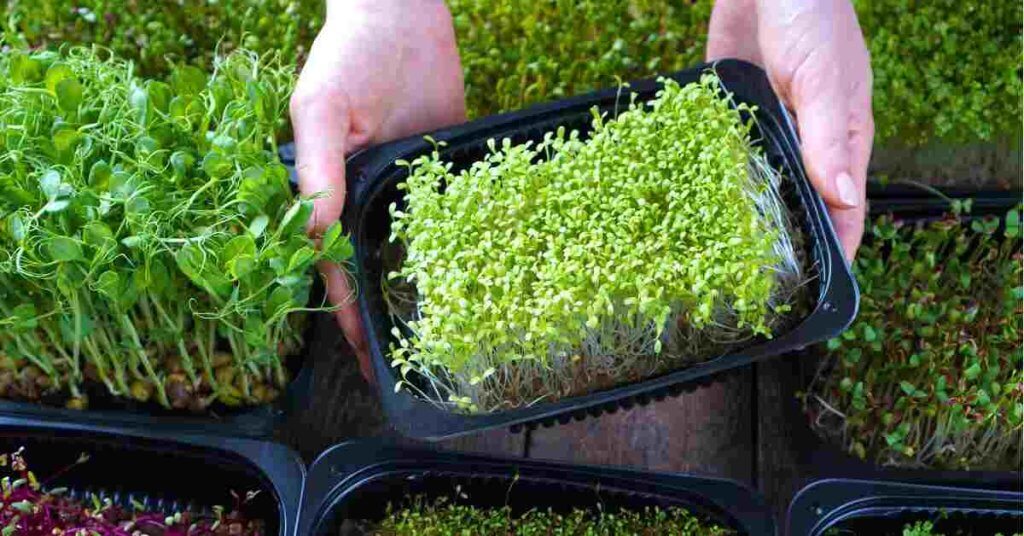
Growing microgreens at home with trays is the easiest and cheapest method to begin growing a substantial amount of your own food.
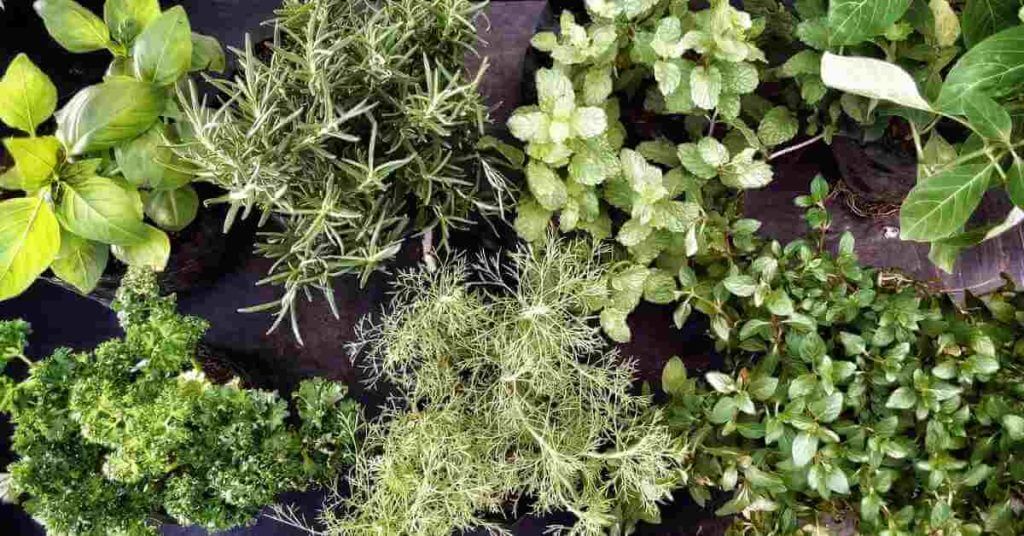
Here is a companion planting chart for herbs, showing which herbs work great together, and which should be avoided.

Here is a list of the 5 best companion plants for cucumbers that will help your cucumbers, and your garden as a whole, thrive.
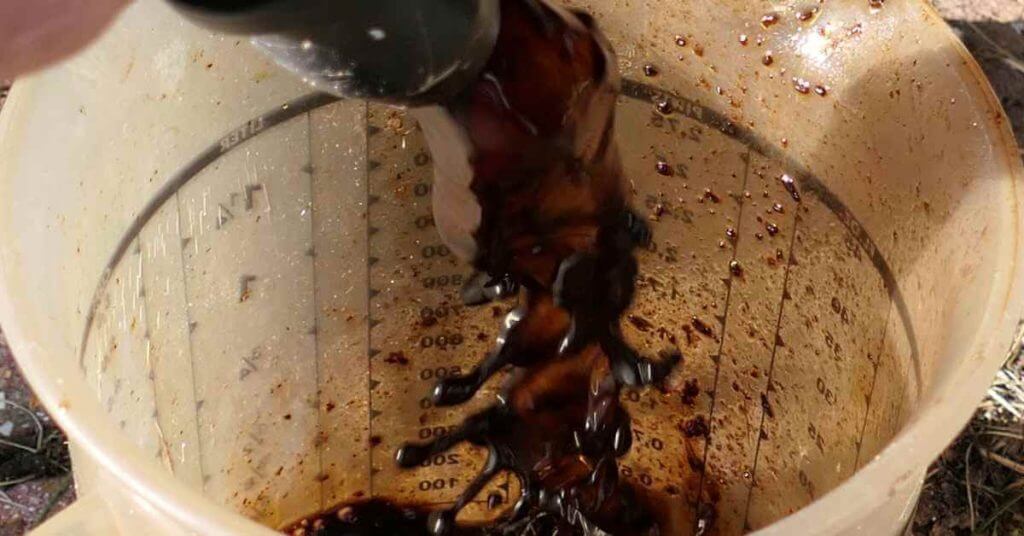
Discover the benefits of organic gardening with our guide on how to make compost tea. This simple process enriches soil, promoting plant health.

Although still experimental, the benefits of grounding have been demonstrated in an increasing number of studies.